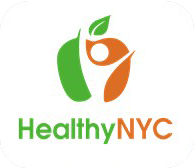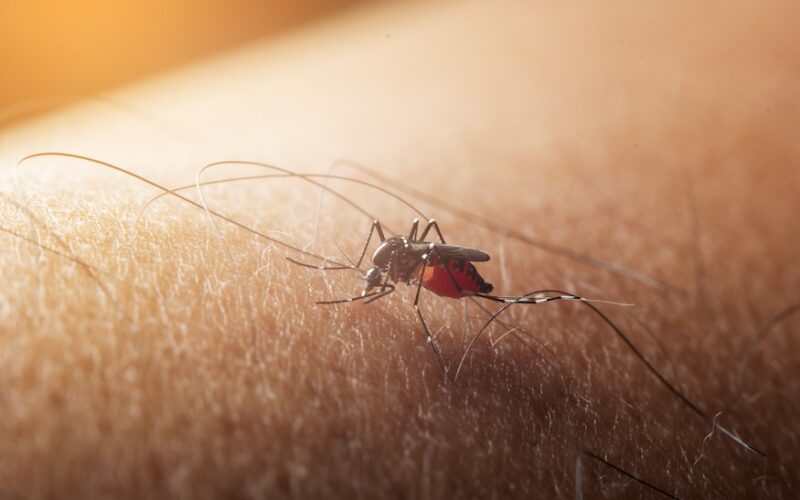ccording to an announcement on NYC Newswire, the New York City Department of Health has confirmed the first two human cases of West Nile virus disease this season. Both individuals are residents of Queens. The virus has also been detected in mosquito pools across all five boroughs since July.
Two Confirmed Cases, Several Under Investigation
One person was diagnosed with West Nile fever, briefly hospitalized, and discharged. The second patient, currently hospitalized, has West Nile neuroinvasive disease with encephalitis (an infection of the brain). In addition, the virus was found in blood donations from one Brooklyn and one Staten Island resident. Health officials are also investigating two possible cases involving Brooklyn residents.
Mosquito Activity Across All Five Boroughs
Mosquitoes infected with West Nile virus are typically active in New York City from May through October, with peak activity in August and September. As of August 22, 2025, 988 mosquito pools have tested positive citywide — a lower figure than at this time last year. To date, the Health Department has carried out 10 adulticiding spray operations, 3 aerial larviciding treatments, 2 rounds of catch basin larviciding, and 1,104 ground-based larvicidings.
Health Commissioner Urges New Yorkers to Take Precautions
“West Nile virus can cause serious illness, especially among people over 55 and with weakened immune systems,” said Acting Health Commissioner Dr. Michelle Morse. “Use an EPA-registered repellent, wear long sleeve shirts and pants — especially at dawn and dusk — eliminate standing water, and make sure you have intact window screens.” Residents can also monitor mosquito activity on the NYC Health online map.
Risks and Symptoms
While most infected individuals show no symptoms, some may develop fever, headache, muscle aches, rash, and extreme fatigue. A small percentage (about 1 in 150), particularly older adults or those with weakened immune systems, can develop serious complications such as West Nile neuroinvasive disease, which affects the brain and spinal cord. This severe form of illness can lead to mental status changes, muscle weakness, hospitalization, and in some cases, death.
History of West Nile in NYC
West Nile virus was first detected in New York more than 25 years ago. From 2012 to 2021, an average of 16 people per year were diagnosed with West Nile neuroinvasive disease. That number nearly doubled between 2022 and 2024, averaging 31 cases annually. Most patients reported they did not use repellent or take other preventive steps.
How to Protect Yourself
Health officials recommend the following steps to reduce mosquito exposure: use EPA-approved insect repellent (DEET, picaridin, oil of lemon eucalyptus, or IR3535). Wear long sleeves and pants at dawn and dusk when mosquitoes are most active. Avoid going outdoors during peak mosquito hours if you are immunocompromised. Repair or replace window screens with holes or tears. Eliminate standing water on your property, including buckets, containers, and clogged gutters. Maintain pools and hot tubs, keeping them covered or properly chlorinated when not in use. For approved repellents, visit the EPA search tool.
Contact Information
For more information about West Nile virus or to report standing water, visit NYC Health: West Nile Virus or call 311.




















Leave a Reply